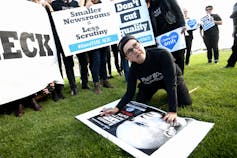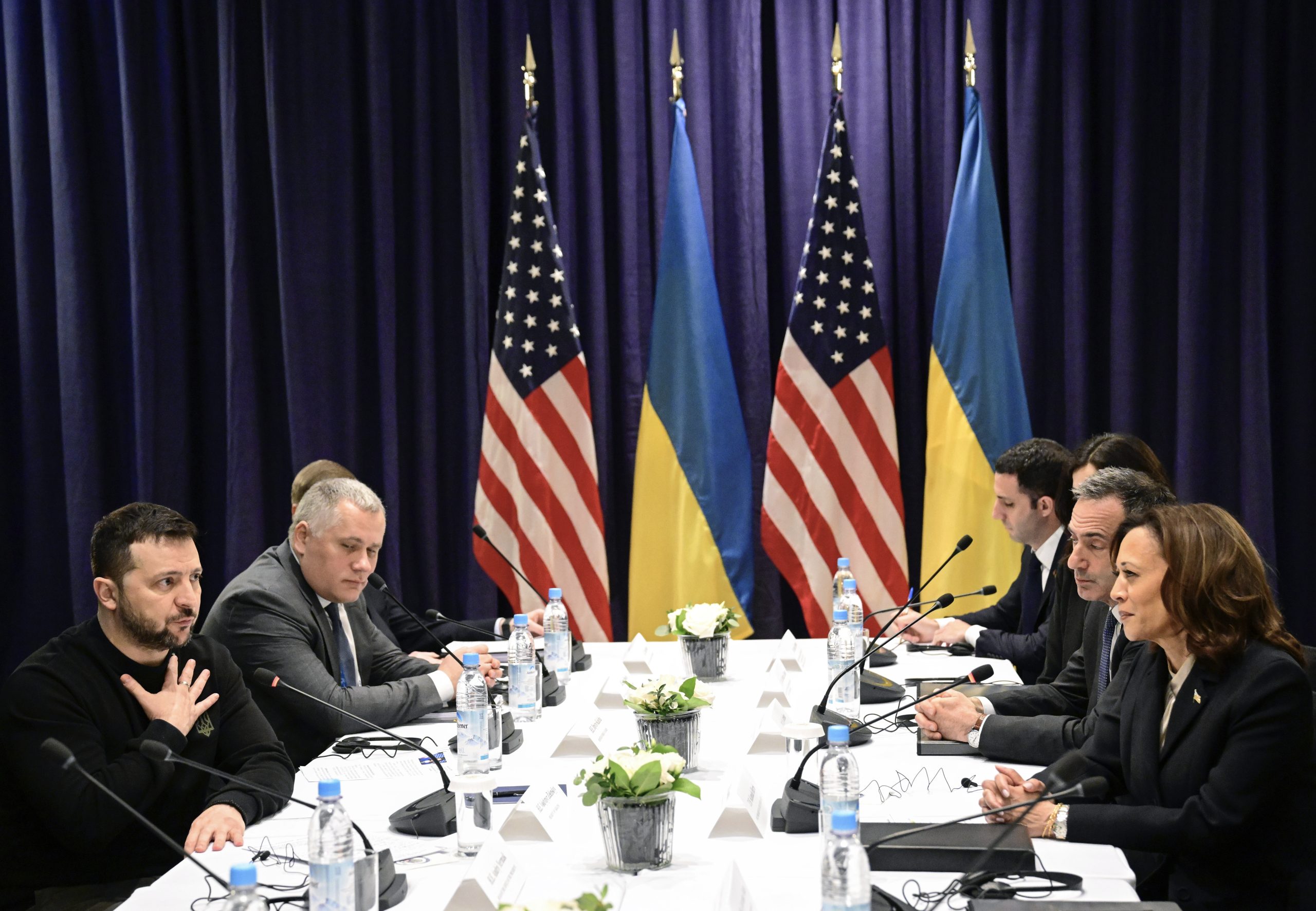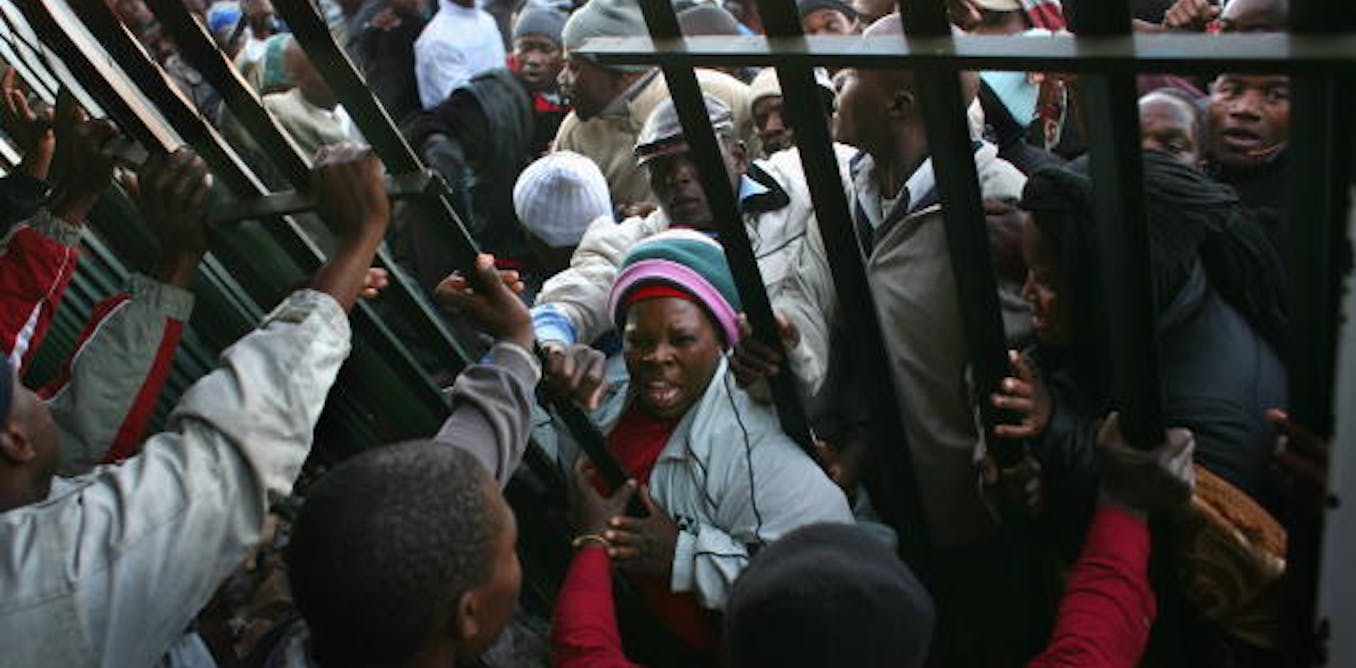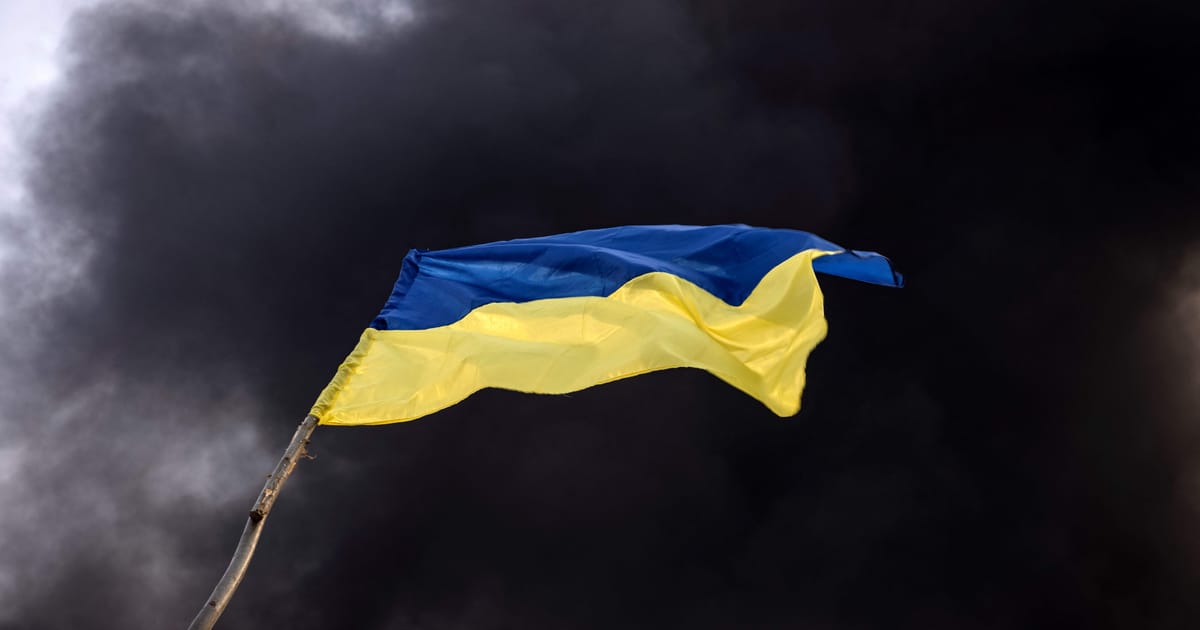Australia lost one of its national institutions last weekend, almost without warning. The National Cartoon Gallery, at the Bunker, Coffs Harbour, closed its doors.
The non-profit gallery held more than 23,000 originals and prints from some of the greats of Australian and world cartooning – names such as Ron Tandberg, Judy Nadin, David Rowe and Cathy Wilcox.
It hosted exhibitions from Canberra’s Museum of Australian Democracy and other institutions, as well as local, national and international artists.
The annual round of cartooning awards – the Rotary Cartoon Awards, the Bald Archy cartoon portrait competition, and the Australian Cartoonists’ Association Stanley Awards – all found permanent or temporary homes at the Bunker. In 2018, the gallery was given the Jim Russell Award for Contribution to Cartooning – quite the achievement.
Lukas Coch/AAP
But on Friday, March 15, a semi-animated video on the gallery’s Facebook page stated “WE’RE CLOSED for the foreseeable future”, though “events and functions scheduled for April will proceed as planned”.
Big red letters across the gallery’s website now read “CURRENTLY CLOSED”, in an appropriately cartoony font.
Much of the online ire (via the gallery’s Facebook page) has been directed towards the Coffs Harbour Council for discontinuing its financial support, but the council is adamant it has always stood at arm’s length from the gallery’s operations.
It has responded to news reports from Channel 7 and Channel 9 with a statement, claiming the television networks have got it “badly wrong”. The statement points out the council
does not own nor operate the gallery – the decision to close was made by the gallery itself.
Both networks were advised that the City has provided more than $820,000 in subsidies to the National Cartoon Gallery over the past nine years, including an annual subsidy of $60k for 2023/24, which was paid to the Gallery in August 2023.
The City received financial records from the Gallery on 11 March 2024 showing that the Gallery had become insolvent on 2nd March 2024, even after the receipt of the City’s $60k subsidy, suggesting its operations are and have been financially unsustainable in its current form for years.
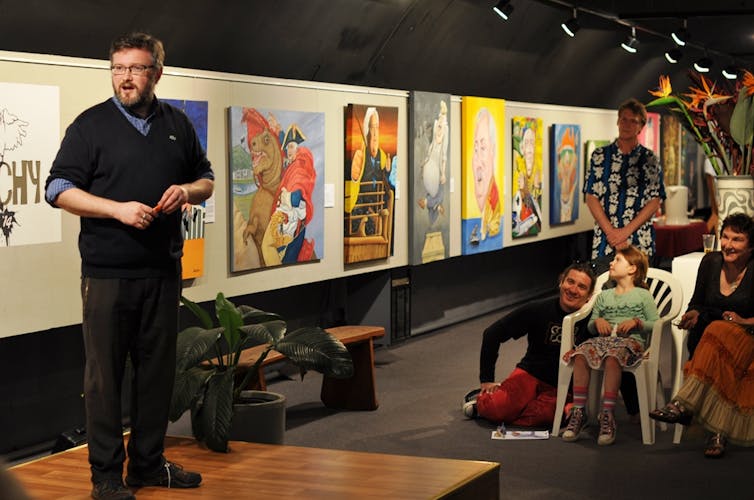
Natashia Scully
Financial shortfall
This financial news seems all the more shocking because, until very recently, the gallery was awash with cash.
It was set up in 1995, when the Coffs City Rotary Club formed the Bunker Cartoon Gallery Inc and raised over $350,000. In 2018, the gallery was awarded $2.6 million under the New South Wales government’s Regional Cultural Fund – a grant scheme which has since come under considerable scrutiny.
A further $213,000 came from the local council in March 2020, after a budgeting shortfall with an expansion project. This was followed by an allocation of $300,000 in June 2021, to be paid in two instalments down to 2022.
A call went out in March 2023 for a “titanium” sponsor, to contribute $400,000 for gallery naming rights. No one took up the opportunity.
Even so, the gallery’s finances – freely available via the Australian Charities and Not-For-Profits Commission – looked good, until a big shortfall in the financial year 2021-22, and a smaller one for the year ending June 2023.
The Bunker is far from the centre of Coffs Harbour, hidden in bushland. Before the COVID pandemic hit, the gallery was building attendances and had expectations of covering running costs.
But a new cultural precinct recently opened at Yarrila Place, only five minutes away from the Bunker by car. Concentrating a library, art museum and education space there has left the cartoon gallery isolated in more ways than one.
Cartoon detectives: how Australia’s most famous cartoon was lost and found – twice
Global pressures
While the gallery is unique in Australia – and in the southern hemisphere – its fate is shared by a number of similar cartoon galleries and museums around the globe. Funding has been the main issue. Private for-profit enterprises rarely succeed without institutional or charitable help.
Canada gained its Canadian Museum of Caricature/Le Musée Canadien de la caricature in 1989; then lost it just five years later in 1994. Thankfully, its 30,000 cartoons and other objects were saved for the Library and Archives of Canada in Ottawa.
London’s Political Cartoon Gallery struggled to survive the pandemic, despite the energy of its creator, the entrepreneurial collector and scholar Tim Benson. He is still operating online, but the loss of the gallery space is a great shame.
In the US, there was a Museum of Comic and Cartoon Art in New York City between 2001 and 2012. It still exists as an entity, but has no physical presence.
The similarly named Museum of Cartoon Art collection began its life in Greenwich, Connecticut, in 1974, with support from the Hearst Foundation. It was driven by the creator of the classic comic strip Beetle Bailey, Mort Walker (1923-2018). The museum moved and changed its name several times, eventually merging with the Ohio State University’s Billy Ireland Cartoon Library & Museum in 2008.
Closer to home, cartoon enthusiast Jim Bridges’ longstanding effort to establish an Australian Cartoon Museum gained some space in Melbourne’s Docklands in the 2010s and briefly existed in the shopping precinct. But with Bridges’ retirement it looks to have ended its run. He has been looking for an appropriate venue to deposit his vast collection, accrued since the 1970s.
Major successes often survive due to philanthropy. The Cartoon Museum in London is funded by a dedicated charity – the Cartoon Art Trust, which counted the late Prince Philip, Duke of Edinburgh, as its patron. Money from the National Lottery Heritage Fund has underwritten its activities in recent years.
The Cartoon Art Museum in San Francisco has endured constant relocations since 1984. Money from the Schulz Foundation has propped up its operations, and it has survived thanks to fairer rents available at its current location.
One of the most successful and longstanding cartoon museums is the Wilhelm Busch German Museum for Caricature and Drawings, founded in Hanover in 1937. Its history makes the financial troubles of other museums and galleries seem trivial: it was destroyed by Allied bombs in 1943, before being rebuilt and reopening in 1950.
In a different league is the remarkable Musée Hergé, in Louvain-la-Neuve, Belgium: a shrine to the creator of Tintin that possesses enough cultural capital to sustain itself commercially.
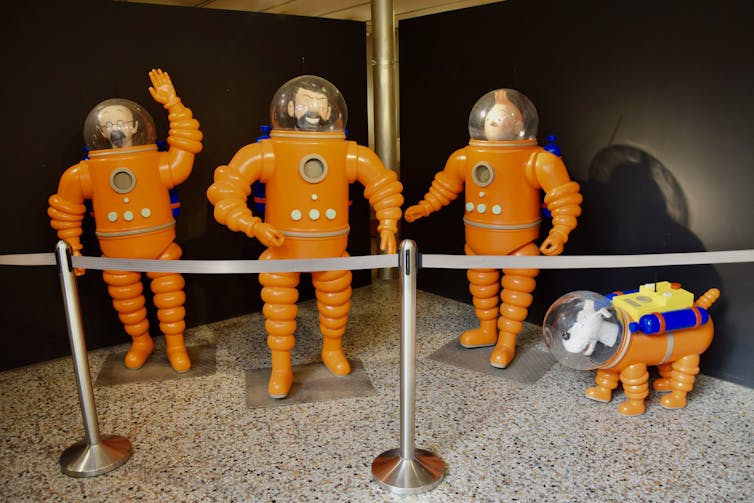
Ank Kumar, via Wikimedia Commons, CC BY-NC-SA
From ScoMo to Albo: how a new cast of characters poses a challenge for cartoonists
Where to next?
The most enduring cartoon collections are those connected to major institutions. The cartoon heritage of the United States has benefited from the presence in the Library of Congress of the Caroline and Erwin Swann Collection of Caricature and Cartoon, begun by the enterprising ad-man Ed Swann in 1966, and now the core of US cartoon research.
In France, the other mecca of cartoon and comic art, an official museum dedicated to bande dessinée (comics) has stood in Angoulème, Charente, since 2009.
Meanwhile, the New Zealand Cartoon and Comics Archive, founded in 1990, survives and thrives as part of the Alexander Turnbull Library, within the National Library of New Zealand/Te Puna Mātauranga o Aotearoa.
Is it really OK that the Americans, Canadians, French and New Zealanders manage to do better by their cartoon and comic heritage than Australia?
Australians love their history and culture of cartooning, but seldom wonder about the state of the industry. People are happy to fill Dad’s Christmas stocking with Russ Radcliffe’s annual Best Australian Political Cartoons volume, but we really have to do better.
Canberra’s Museum of Australian Democracy, located at Old Parliament House, may be the answer. The museum tours its annual Behind the Lines exhibition of political cartooning to capitals and regional centres for months every year – including, in recent years, to the Bunker.
What do we lose as a nation if the National Cartoon Gallery does not manage to survive? Is it really OK to let this aspect of our democratic heritage of humour slip away? Is there a dollar value that can be affixed to that?
If the campaign to save the gallery fails, the Museum of Australian Democracy may be the closest thing we have left to a national collection of our brilliant cartoonists’ work. Perhaps, with partners in Coffs Harbour and other cartoon capitals, that might be the best way to resolve our national cartooning emergency.

